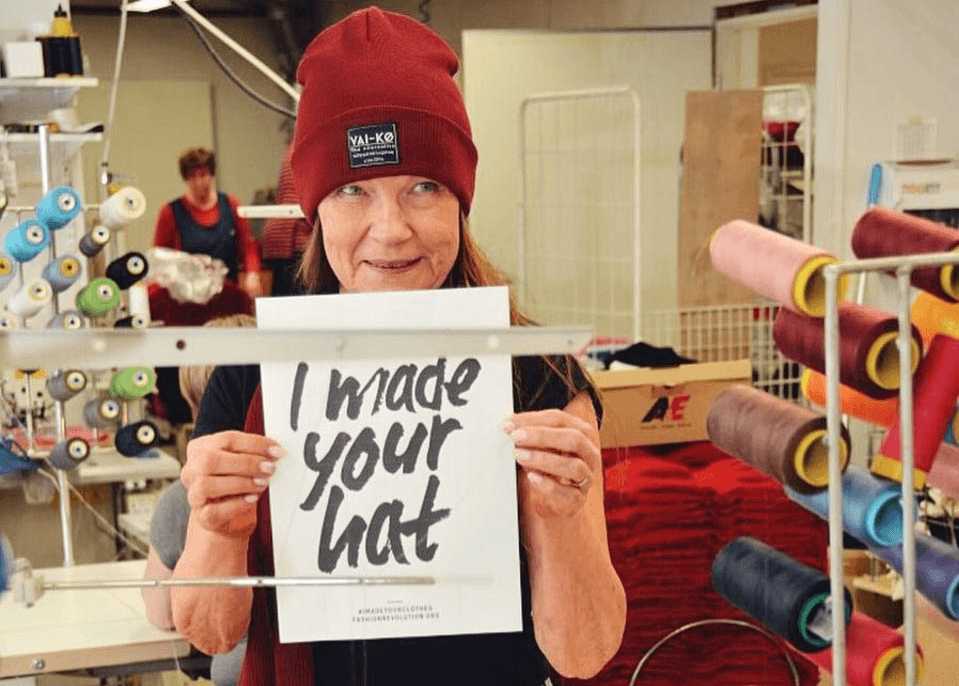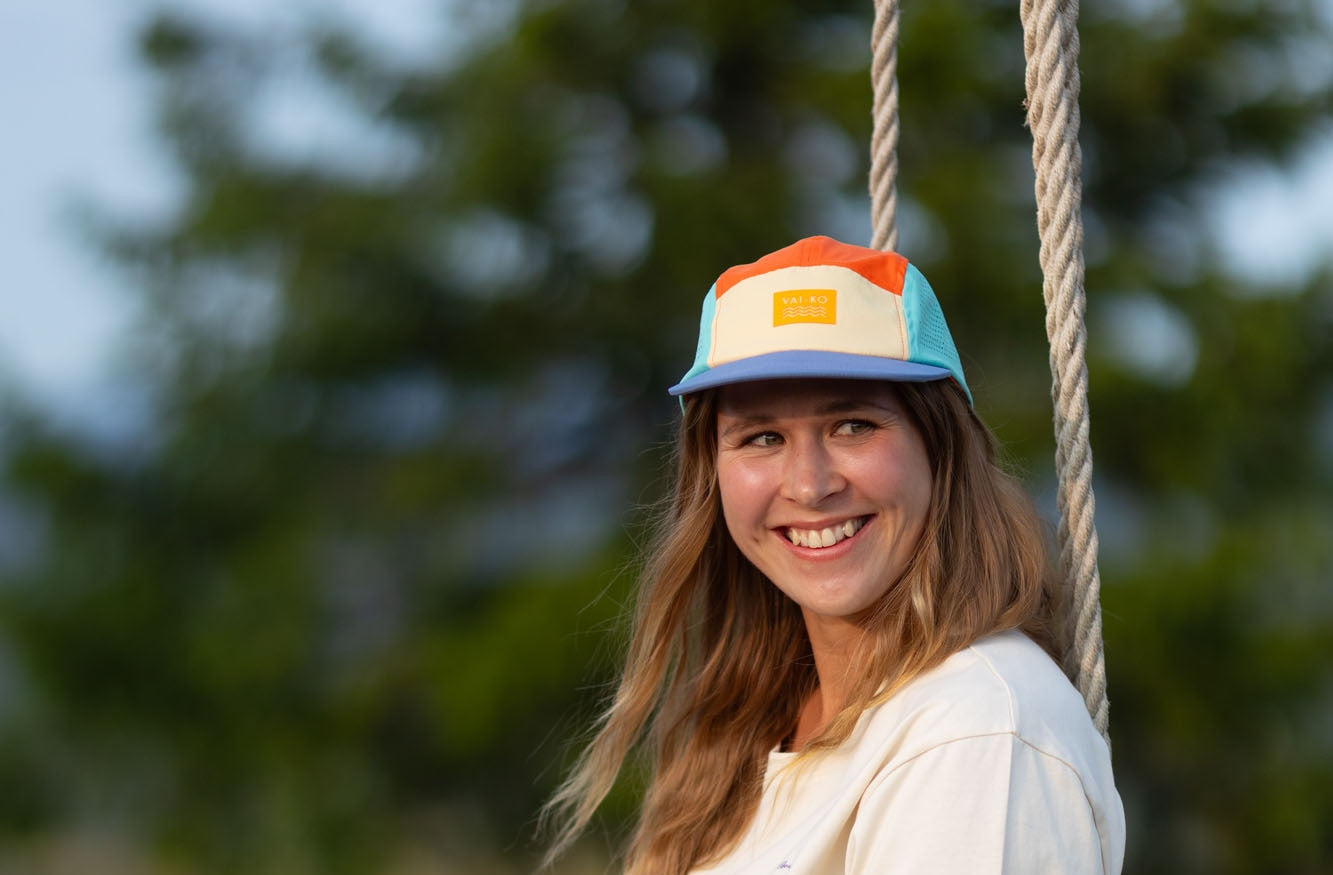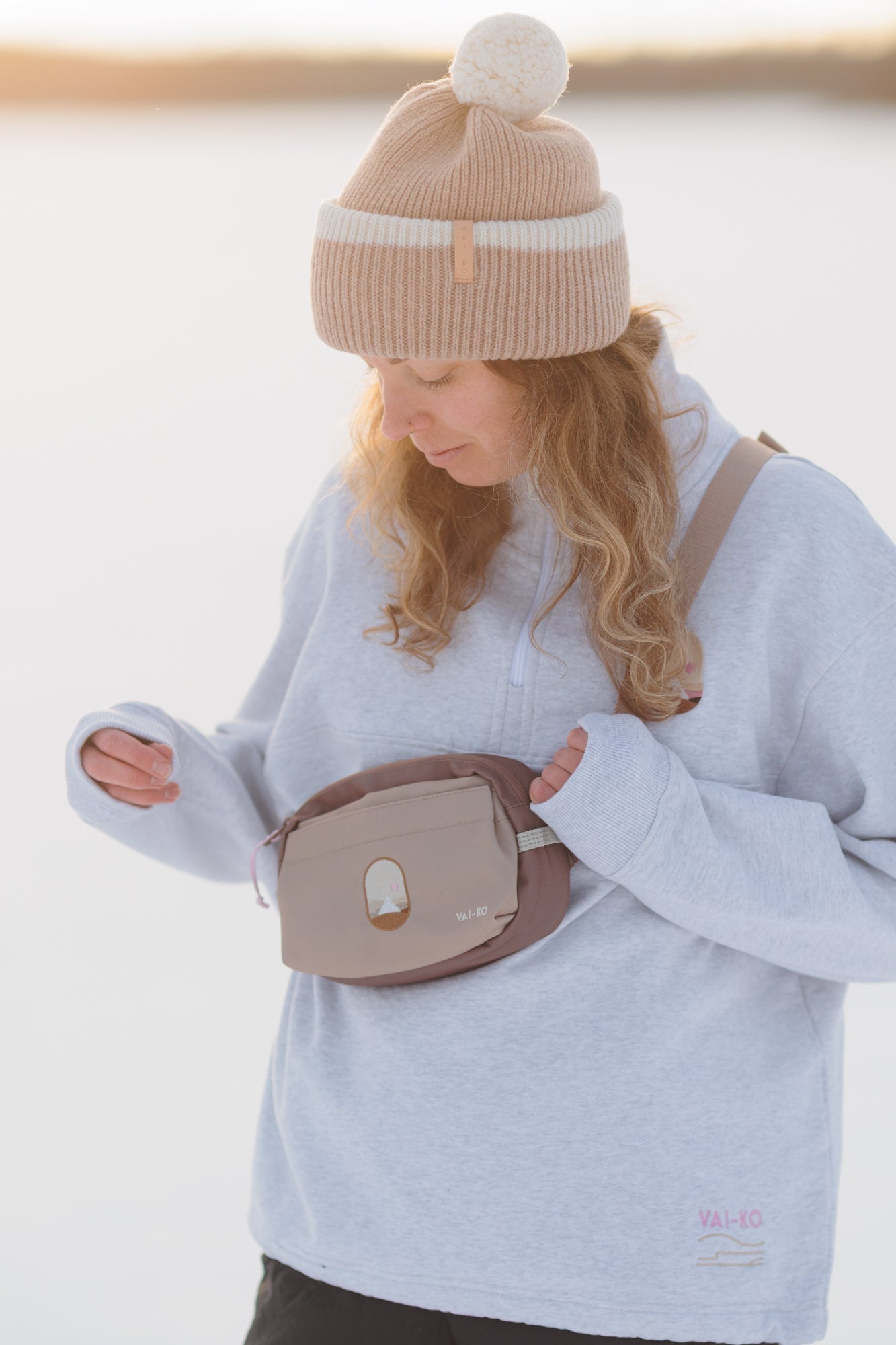In a world full of snappy slogans and endless promises, I’m sure you too are wondering, can I trust my favorite brands when they vow to be eco-friendly and ethical. And what are these certificates everyone’s talking about, are they as legit as they claim to be?
That was me not long ago. And let me tell you something, learning about sustainable living and how to make better purchases is much more effective and fun together. I’ll walk you through my research.
Shall we?

As the ecological and ethical problems of the clothing industry have become better known and the issues a topic of public discussion, new kind of answers have emerged and gained common awareness. Many questions of transparency and the lack of information available to customers can be answered with the use of certificates.
VAI-KØ uses materials certified by bluesign and GOTS that are two of the strictest in the clothing industry. Certificates such as these determine higher standards for the production of clothing that are then closely supervised.
 In countries like Finland the legislation protects the rights of workers but in other places where those kinds of laws are lacking or non-existent, certificates are a great way to ensure fairness and influence the surrounding society. That means certificates don’t only ensure the fairness of products made by companies working with the certificate but in many cases, the ethical and ecological standards work as an example for companies outside the certificates and they can seek consultation on how to become more and more people- and eco-friendly.
In countries like Finland the legislation protects the rights of workers but in other places where those kinds of laws are lacking or non-existent, certificates are a great way to ensure fairness and influence the surrounding society. That means certificates don’t only ensure the fairness of products made by companies working with the certificate but in many cases, the ethical and ecological standards work as an example for companies outside the certificates and they can seek consultation on how to become more and more people- and eco-friendly.
Setting standards
Bluesign tackles both ethical and ecological matters regarding the making of a clothing which means the consumer can enjoy safe, high-quality products, no health risks or constantly wondering who made my clothes and in what kind of working conditions. The standards are much higher than those set by legal obligations: “only components and technologies are applied that have the lowest possible impact on human health and environment” (bluesign policies).
But what does “lowest possible impact” mean exactly?
I’ll tell ya!
1. Minimised usage of energy and raw materials
In practice this means textile companies reduce their ecological footprint by optimizing energy and material input per kilogram of manufactured textile. Minimising the resources used decreases the environmental impact AND it automatically adds value to the products with cost efficiency. That means more bang for your buck!

2. Controlled water emission
Protecting the natural circulation of water is key in sustainable textile production. That’s why water emission control consists of returning purified water into the water cycle and minimizing the aquatic impact. Practices such as using wastewater treatment technology are fundamental!
Water is a matter of life and death to all life on Earth. So regulating the usage and emission of water has a huge impact on the health of both nature and our fellow humans who live in the areas surrounding textile factories. These demands are supervised with ongoing compliance controls and strict sewage limit values.
3. Controlled air emission
When talking about health, air is quite important, right? Can’t breathe with no air!
Bluesign system has tackled this issue by specifying strict criteria for substances and components used in the production of textiles. The aim in all of this is to reduce CO2 emissions in all stages of manufacturing. This requires that the exhaust air must be cleaned and recycled by adequate environmental technology. It’s the only way to go in order to protect the climate and the quality of the air we breathe!

4. Supervised working conditions
Everyone deserves to work in safe and healthy conditions. The reality is, living in this world of ours is not always safe or easy. So the least we can do is demand that the people making our clothes are safe in their workplaces and give them one thing less to worry about.
This is why bluesign has set strict guidelines for the safeguard of textile industry employees. Working conditions are constantly supervised and assessed to detect local problems and update safety measures. And if necessary, appropriate measures will be imposed.
These things might seem to like a no-brainer but sadly occupational health and safety factors such as safe chemical-handling, noise, dust or emergency training are too rarely taken into consideration in the textile industry. Therefore the bluesign system has set training programs for employees concerning the storage and handling of harmful substances as obligatory.
5. Consumer safety
As a result of the previous four principles, bluesign products meet the high expectations of safety, performance, and quality that the knowledgeable clients of today have. You never have to worry about the product getting wet and leaking icky chemicals or losing its color, they are always safe to use even on the sensitive skin of children.
What’s up with all these chemicals — criteria for chemical safety
Going through these standards it seems to me that chemicals play a big role when it comes to the health of our planet and every living thing in it.
So let’s dig a little deeper with these chemicals…
To determine whether a chemical substance conforms to the bluesign sustainability standards a detailed risk assessment of contents and its specific environmental impacts are executed. Conclusions are based on the strictest calculated values and the specific conditions in which the chemicals are used are taken into consideration.
Then each applied chemical component is rated (this is called homologation):
- “Blue” category: components meet all of the bluesign® criteria and requirements
- “Grey” category: components shall only be used under certain appropriate conditions
- “Black” category: components do not meet the bluesign® criteria
Just blue, grey and black. No misunderstandings or unnecessary explanations, either a substance meets the bluesign requirements or it doesn’t. Simple isn’t it?

Demanding more than “okay”
Sustainability is often associated with being environmentally responsible but social
responsibility is a great piece of this puzzle. That is why bluesign system partners commit to the observance of UN Global Compact, the international initiative supporting universal social and environmental business principles.
But what I love about bluesign is that they don’t settle for being fair, they go further.
That’s what The Best Available Technology -concept is, going the extra mile. It means that the latest locally available technological solution has to be implemented. This means the latest, safest and most ecologically efficient machinery and technology is used. And that benefits everybody!
This concept creates an environment of continuous improvement and that is crucial to all development, of labor rights, of sustainable manufacturing, of new alternatives, you name it.
You’ve got the power!
Transparency is the only way to go. And that actually gives YOU (yes I mean you) the power, because:
-Upon request, every partnering operator must provide blue sign with documents and samples proving the abidance of standards listed above
-The tracing of fabrics and semi-finished goods must be ensured with the bill of material
-“We don’t know” or “The info is not available” are not acceptable answers.
P.S Have you ever taken a closer look at the packaging of the products you use? Well we have! One of the bluesign principles is to use sustainable and environmentally friendly materials in packaging. In VAI-KØ packaging that means no PVC, recycled is the best and less is more!
Sources:
https://www.bluesign.com/industry/bluesign-system/principles







